Phytoplankton which lives at the surface of the oceans is responsible of half of the Earth oxygen production, through photosynthesis. In addition, it is fixing dissolved carbon (CO2) of atmospheric origin as solid particles which, when dying, are falling as detritus in the abyss and the sediment. This mechanism called the “Biological Carbon Pump” is an important sink for the anthropogenic CO2. Understanding the processes leading to phytoplankton development is thus a major issue for present-day climate modelling and the prediction of our future climate.
Iron (as other trace metals) is essential for the photosynthesis success of most of the phytoplanktonic species. However, its abundance in the marine waters is extremely low and its absence is limiting the phytoplankton development in roughly half of the world’s oceans. This led to the development of studies of artificial ocean iron fertilization, the hypothesis being that stimulating photosynthesis will improve the capacity of the ocean to absorb CO2. However, thanks to studies on the iron distribution and fate it is now proved that artificial ocean iron fertilization will never produce the expected result as photosynthesis continues to be limited due to the complexity of processes at play in surface waters. Such results prevent wasting money in useless operations.
Thus, to understand the carbon pump functioning or to test geoengineer’s hypothesis, studying the oceanic iron cycle is essential. This includes: understanding the iron sources to the ocean, its sinks, its distribution, etc. GEOTRACES is elucidating these questions, as well as, producing high-quality data and representing it on an electronic Atlas that helps to easily convey the information.
Find below a summary of main GEOTRACES findings and products on iron research:
Atlas
(The images below may not show if you are using Safari. Please change your browser if necessary).
Atlantic Ocean:
Pacific Ocean:
3D scenes showing the distribution of dissolved iron in the Atlantic and the Pacific. In warm colours (red, orange, etc.) you can view high concentrations of dissolved iron. The diversity of hydrothermal iron inputs is identified along Mid Oceanic Ridges in the two basins. Important release of dissolved iron from the sediments are indicated along the African, South American, Asian and Peruvian coasts.
Data
Data is available to download after registration here: https://geotraces.webodv.awi.de/login
Discoveries include:
Below you can find a list of science highlights of main GEOTRACES discoveries on iron research:
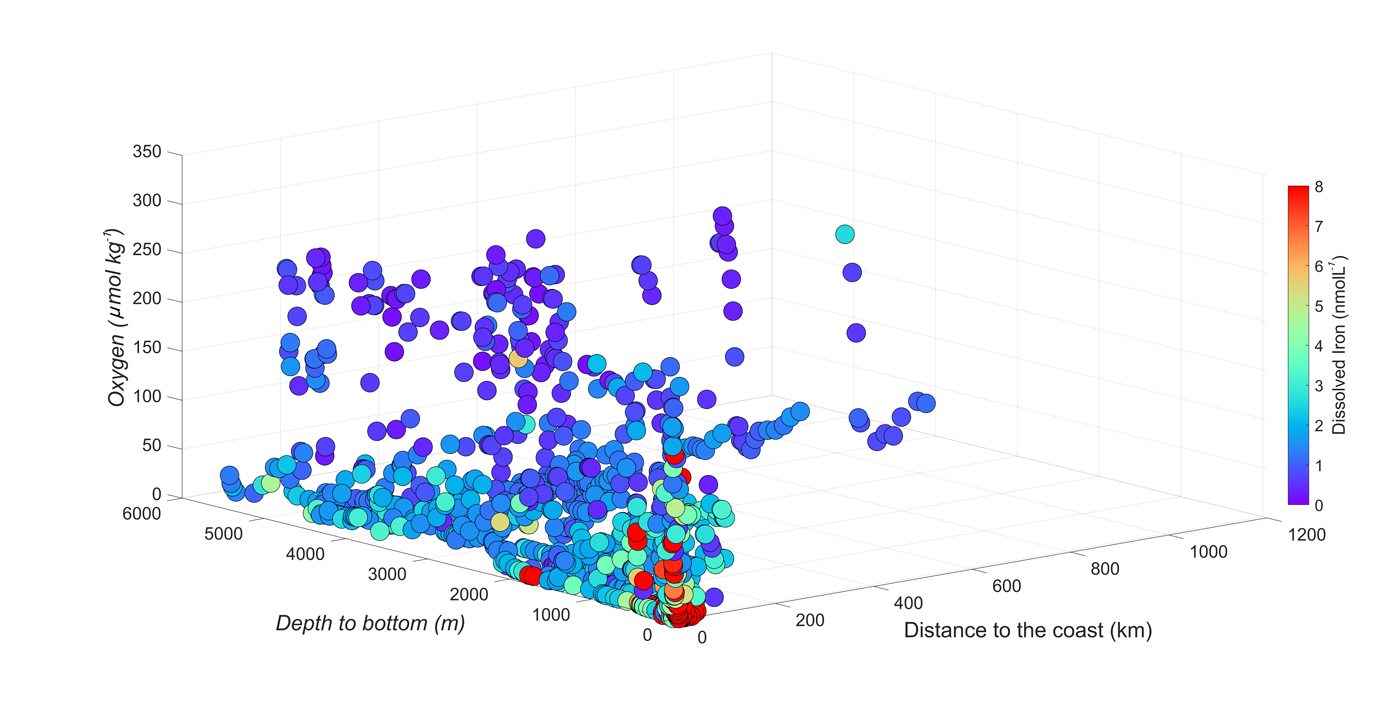
Science Highlights
A dynamic iron cycle in Peru
Gu and colleagues explore the temporal variation of iron over 11 cruises along the Peruvian shelf.
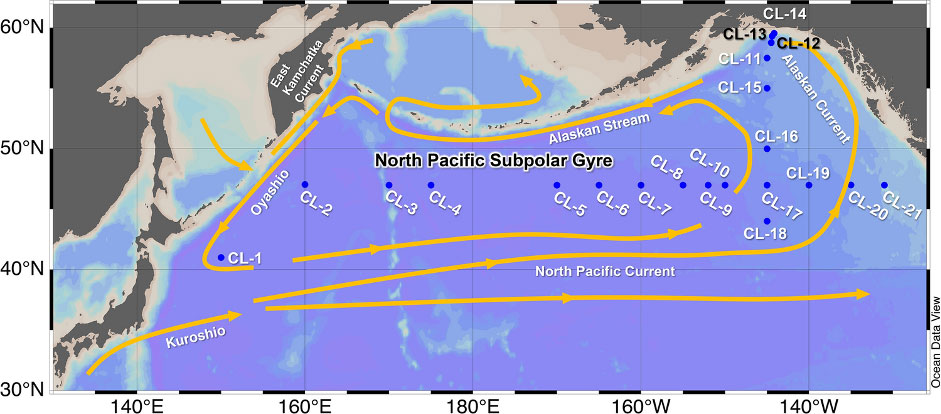
Science Highlights
Aluminium, manganese, iron, cobalt, and lead display contrasting fate along north–south and east–west sections in the North Pacific Ocean
Chan et co-authors provide a comprehensive view of trace metal distribution in the subarctic Pacific Ocean.

Science Highlights
Exhaustive study discussing ocean marine carbon dioxide removal via iron fertilization
Bach and colleagues approach favours to use a range of observational, experimental, and computational data sources.
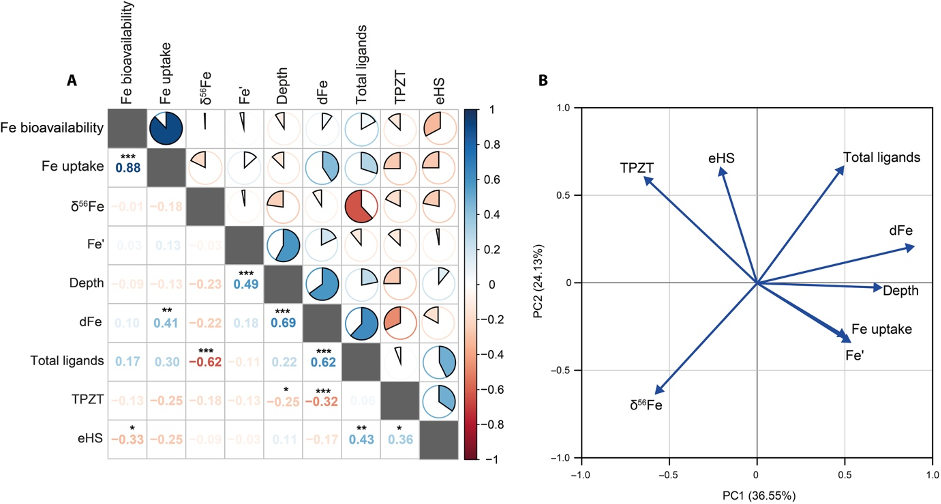
Science Highlights
Challenging results on iron bioavailability in the Southern Ocean
Fourquez and co-authors conducted dissolved iron uptake experiments with Phaeocystis antarctica…
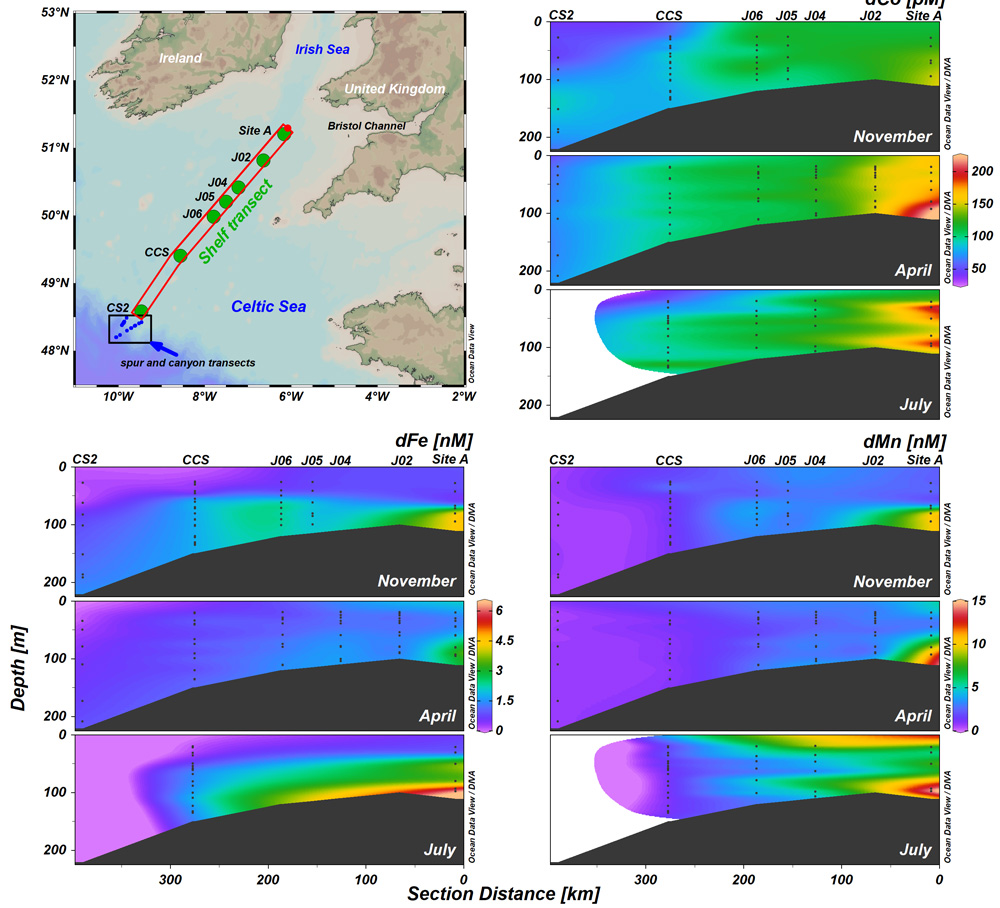
Science Highlights
A detailed study of the land-ocean input of dissolved iron, manganese and cobalt in the Northeast Atlantic Ocean
Chen and co-authors propose a detailed study of the spatial and seasonal distributions of dissolved iron, manganese and cobalt in the Northeast Atlantic continental margin.
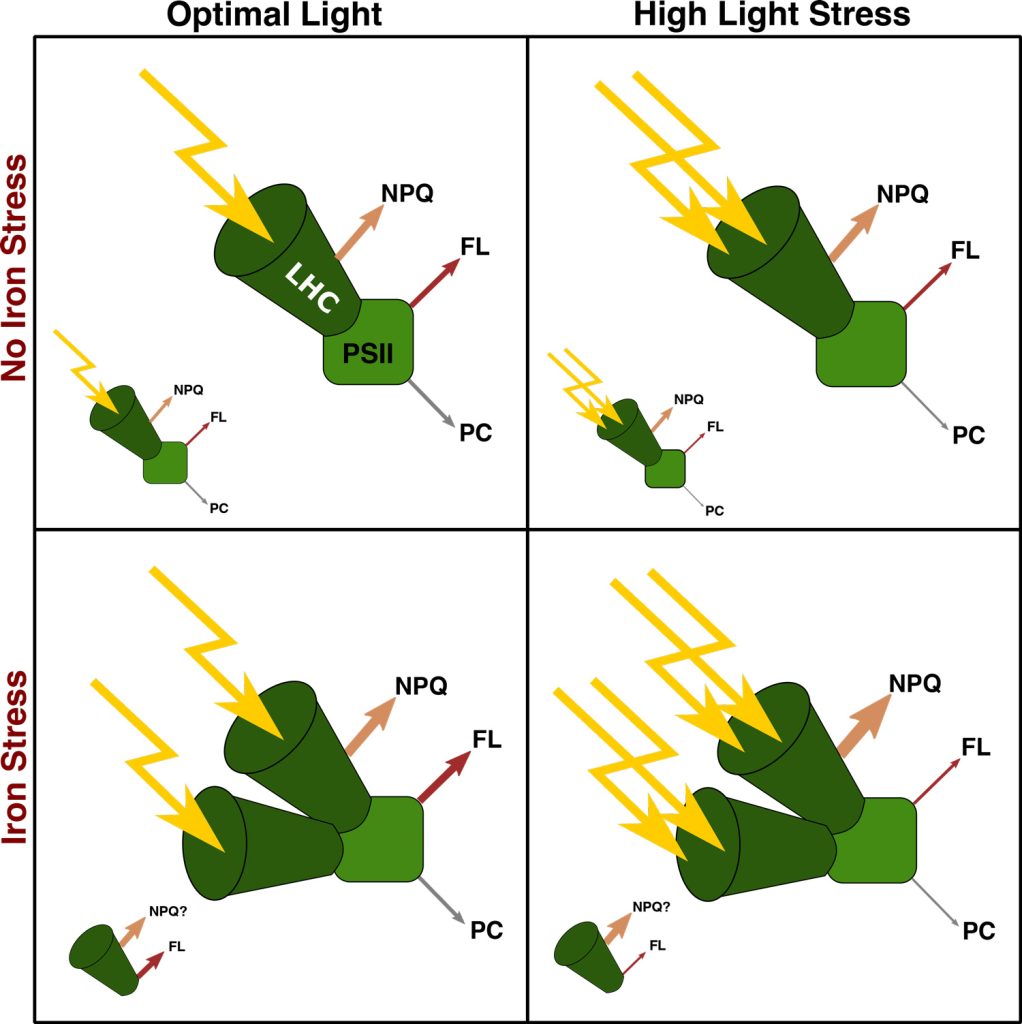
Science Highlights
Irradiance-normalized non-photochemical quenching (NPQ): a new proxy of iron stress for phytoplankton
Ryan-Keogh and his colleagues used NPQ to fingerprint the photo-physiological response of phytoplankton to their environment.
List of publications
Scroll down to view the list of GEOTRACES publications on dissolved iron:
